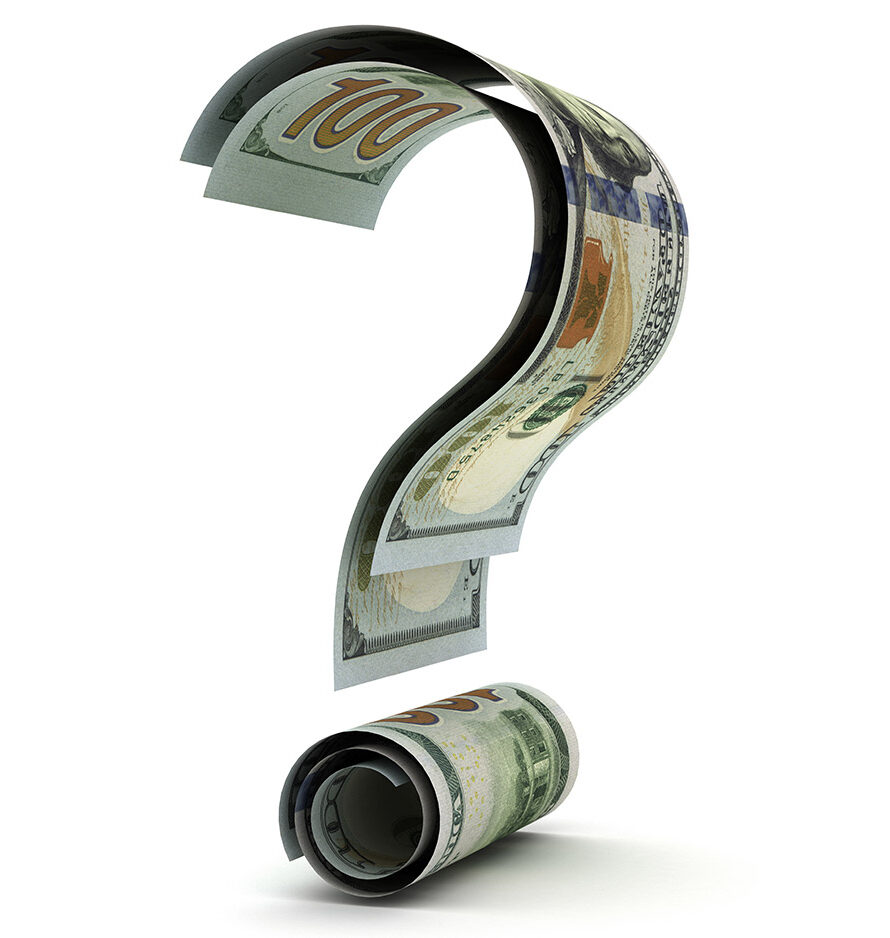The economy is at an inflection point. Here’s how jewelers are preparing.
The shift in the economic winds is nearly palpable: Policymakers, Wall Street, and ordinary Americans are all watching the gathering storm clouds as concerns about escalating inflation and a slowdown in economic activity mount.
For jewelry designers and retailers, the tailwind of strong consumer spending they saw during the pandemic, when service industries such as travel and live entertainment were cut out altogether, appears to be dying down. At the same time, price increases continue at a pace not seen since the 1980s.
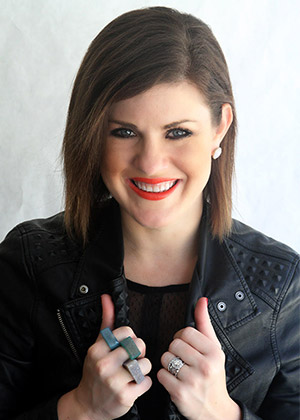
Jen Cullen Williams, a Southern California–based communications consultant specializing in lifestyle and jewelry brands, says her primarily business-to-business jewelry clients are taking a closer look at their escalating costs to figure out how to protect themselves if sales begin to slump. “From a business standpoint, a lot of companies are thinking, ‘What do I need to be doing, and how do I need to be budgeting?’ ” she says. “They’re definitely concerned about an upcoming recession.”
That concern could turn out to be well-founded: Consumers are becoming increasingly pessimistic about their near-term economic fortunes. The University of Michigan’s venerable consumer-sentiment index plunged in June, with Americans’ collective outlook hitting a record low, an unprecedented drop for a survey that has been conducted for nearly five decades.
And in June, Deloitte found that nearly half—48%—of Americans said they were concerned about their credit card balances, up from 40% six months earlier.
“Inflation is sort of a pay cut,” says Stephen Rogers, Stamford, Conn.–based managing director of the Deloitte Consumer Industry Center.
Here is how the industry is reorienting itself for a new and chillier economic reality.
Bracing for volatility ahead

Although the nation’s collective outlook on the economy has soured, people are, perhaps surprisingly, still spending. The U.S. Department of Commerce reported that retail sales rose more than expected in June following a drop in May. While economists attributed this unexpectedly large increase to the effects of rising prices, many also took comfort in the fact that people are still willing and able to spend.
“A lot of consumers are using their savings,” Rogers says.
Even though the speed and scope of price increases have put a chill on confidence, a buildup of savings during the pandemic has given many Americans a financial buffer. They might not like prices on store shelves or at the pump, but they are still buying—for now, at least.
Additionally, the industry continues to benefit from the deferral of weddings, holiday parties, and other celebrations over the past two years.
“We feel like people are feeling positive right now,” says Annie Fensterstock, a designer based in Port Washington, N.Y. She adds that demand was robust through Mother’s Day and graduation season. “We’re riding a wave right now while we can.”
Diamond industry analyst Edahn Golan says the postponement of engagements and weddings during the pandemic has given a boost to bridal jewelry overall and diamonds in particular. “There was a lot of pent-up demand for events,” he says.
While many jewelry pros report that they continue to thrive, they also acknowledge that the current zeitgeist demands a finely calibrated approach.
San Francisco–based designer Rebecca Overmann says climbing prices on everything from real estate to gas have pushed inflation more to the forefront of her considerations. “It’s something I’m starting to think about more, just because I’m seeing it,” she says. “I think for some consumers, it will definitely change their thought process.”
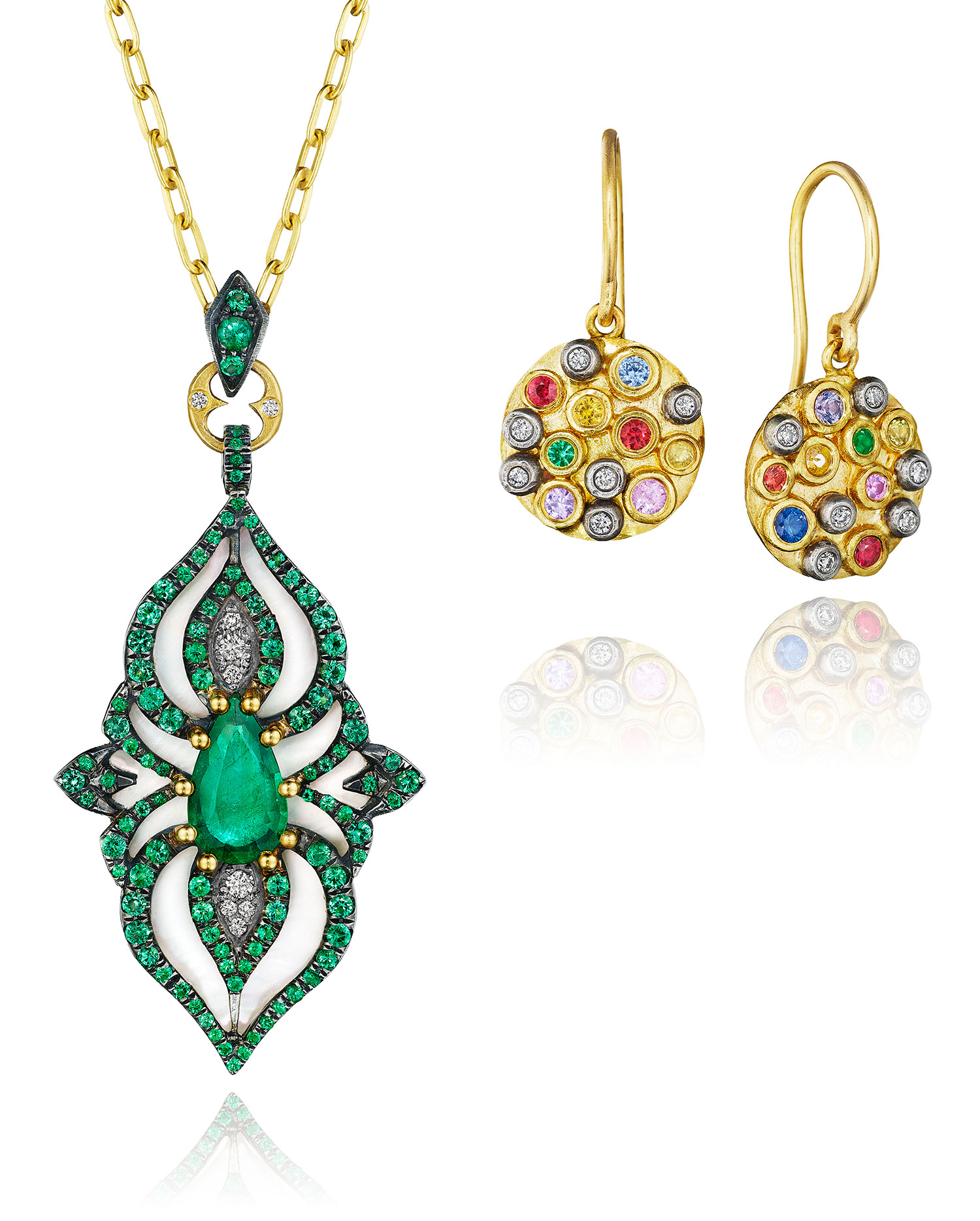
Holiday prep means hedging bets
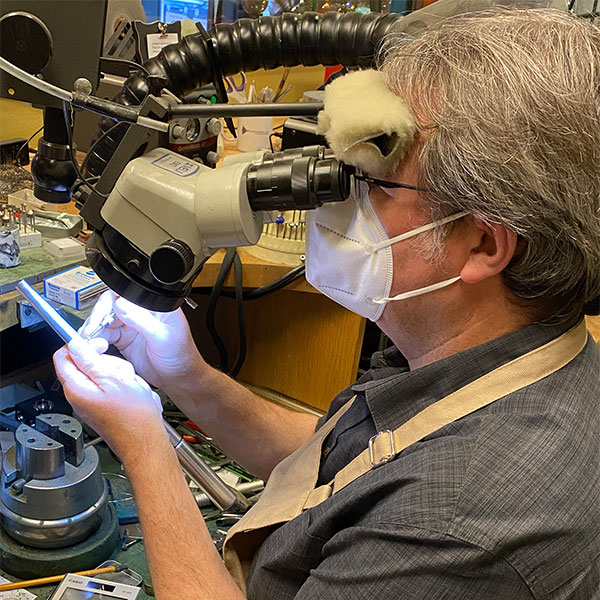
After two years of robust demand, jewelry-makers and retailers acknowledge that this upcoming holiday season might not be as merry and bright—but they also don’t want to miss out if the economy is able to shake off a recession and the consumer outlook brightens.
“We have to cover all of our bases,” Fensterstock says. “We do try and target different price points,” such as oxidized silver pieces that retail for less than a similar design in gold. “That does well with a younger target audience.”
The key word is curation: Jewelers report that they are producing across a broad array of price points but narrowing their focus on the number of designs they expect to create. Retailers are editing their offerings with nearly forensic precision, aiming to offer something for everyone without overstocking and being left with unsold inventory.
Overmann says she is working on jewelry featuring Montana sapphires ahead of the holidays. “We’re doing a smaller line—not as many pieces, a smaller amount,” she says. “Instead of widening that collection to 100 pieces, we’re paring it down to be a smaller collection.”
Retailers also are getting a head start on the season in anticipation of additional price hikes. “We’re definitely purchasing inventory earlier this year in the hopes that we have a good season, but also hopefully getting good value on it as well,” says jeweler David Iler, co-owner of Alchemy in Portland, Ore.
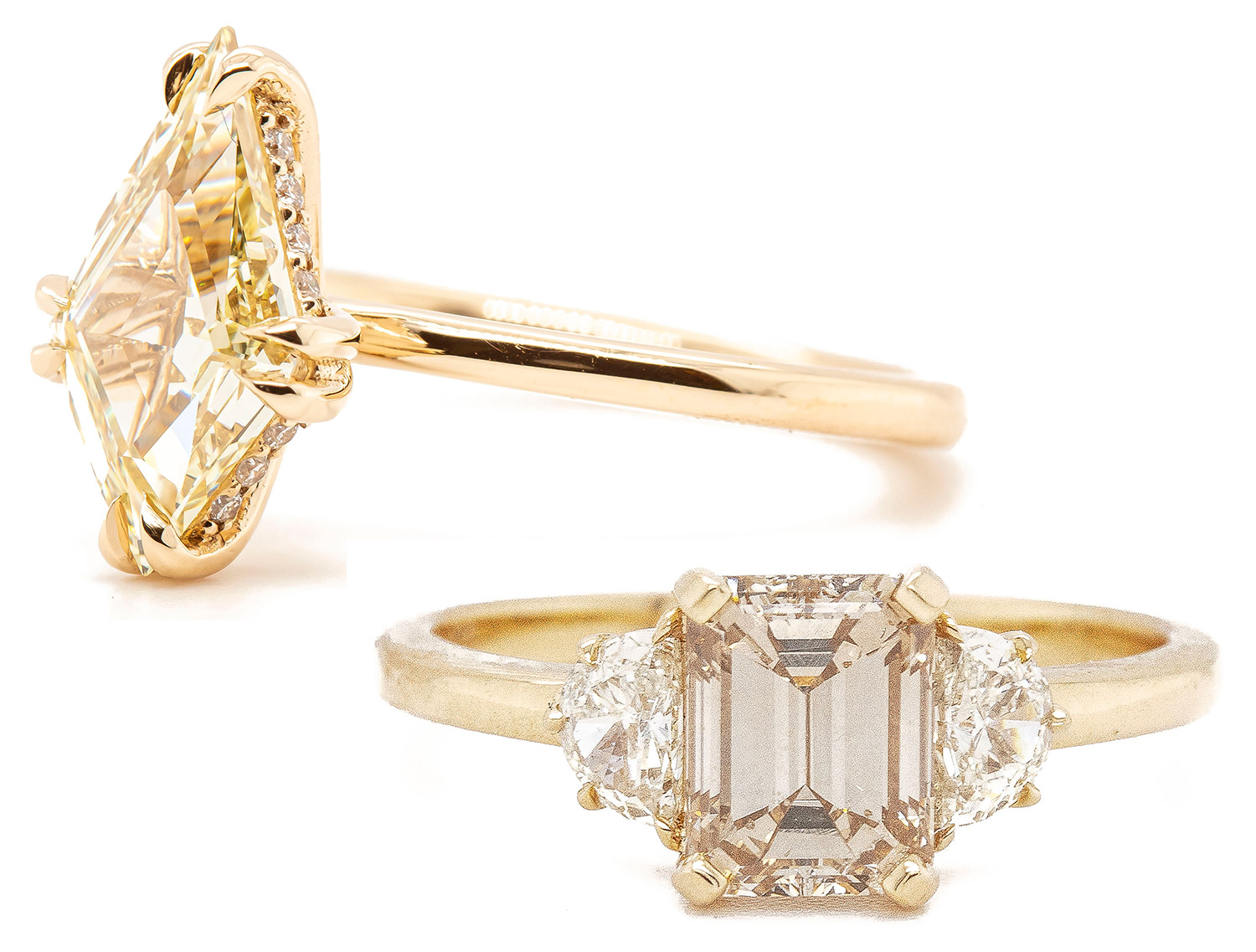
Responses to pricing pressure
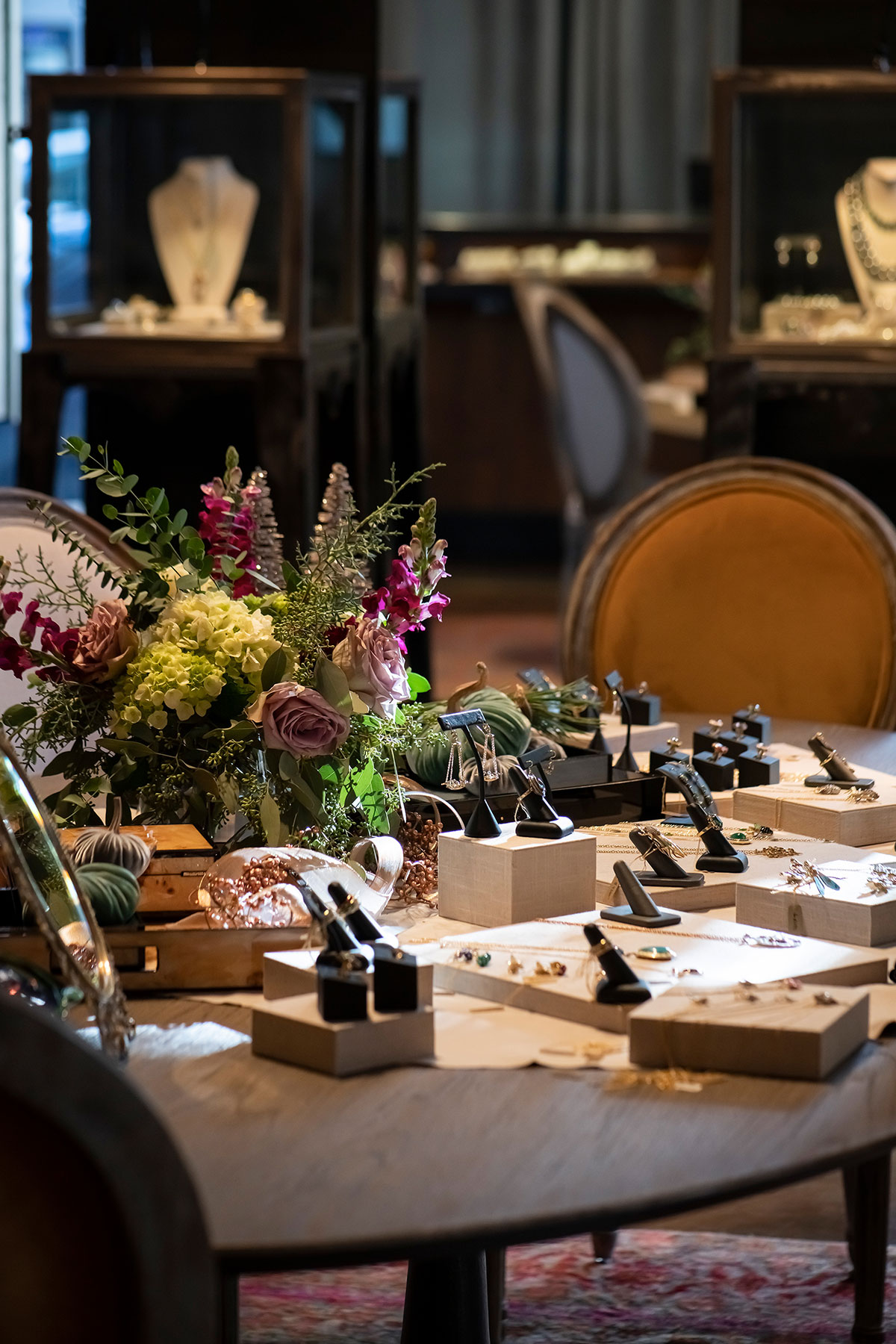
Rising costs—and how much of those costs can be passed on to customers without triggering a backlash—are a top concern of jewelers. Spending on precious metals and gemstones, labor, energy, and even supplies such as packing materials has skyrocketed.
“I think that’s very top of mind for most retailers, the value of their product,” Williams says.
Many jewelers report raising prices but fear that customers will reach a breaking point if they grow worried about their own financial stability.
“Prices already have gone up, and I suspect that if there is a good economy, there will probably be another price hike before the holidays,” Iler says.
To keep costs in check without compromising visual appeal, some designers are making greater use of materials like silver rather than gold, using less high-karat gold, or offering pieces that are lighter in weight. Others are swapping out mined diamonds in favor of their lab-grown counterparts.
“We have to have the lower price point pieces,” Fensterstock says, adding that she began incorporating oxidized silver into her 18k gold designs when the Great Recession hit in 2008, and is starting to consider the possibility of working in 14k gold for the first time. She is also keeping costs down with less hefty designs. “We’ve had to make our chains a little bit lighter.”
Ultimately, jewelry pros say they might not know what lies ahead, but they are finding ways to adapt, pivot, and look toward the future.
“We’re staying the course,” Iler says. “I really think it can go in either direction at this point.”
Top: Getty Images
